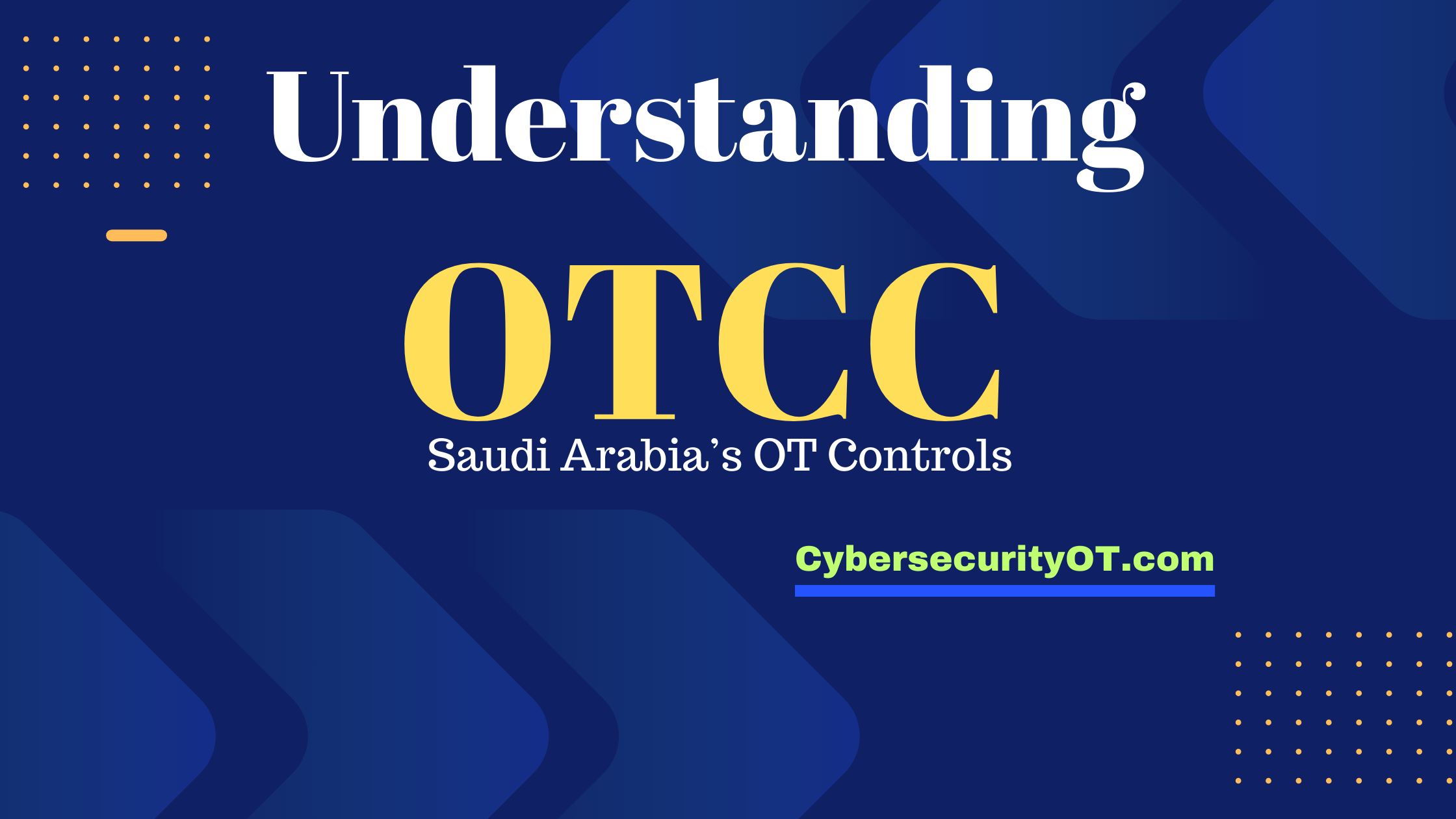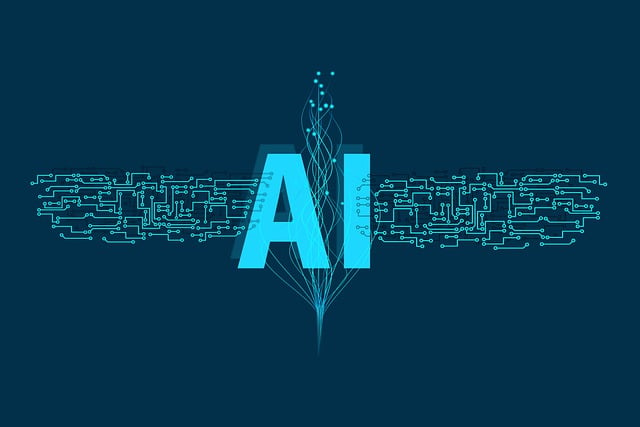Introduction:
With the increasing reliance on interconnected industrial control systems (ICS), safeguarding these critical infrastructures against cyber threats has become a paramount concern. IEC 62443, a comprehensive set of standards developed by the International Electrotechnical Commission (IEC), addresses the unique cybersecurity challenges faced by industrial sectors.
Read more: Threat in Industrial Cybersecurity
This essay explores the key aspects of IEC 62443 and its significance in enhancing the protection of industrial control systems.
Overview of IEC 62443:
IEC 62443 provides a holistic framework for implementing cybersecurity measures across the entire lifecycle of industrial automation and control systems. It encompasses various dimensions, including risk management, network security, process security, and system security, to mitigate potential vulnerabilities and attacks.
The IEC 62443 series is a comprehensive set of standards, technical reports, and technical specifications developed to ensure the security of industrial automation and control systems (IACS) throughout their entire lifecycle. Originally designed for the industrial process sector, IACS technologies are now utilized in various domains and industries, including power and energy supply, distribution, and transportation, where they play a crucial role in critical infrastructure.
Different from IT standards, IEC 62443 recognizes that IACS and other operational technology (OT) environments have unique requirements such as performance, availability, equipment lifetime, and consequences of cyber-attacks. While attacks on IT systems often have economic implications, cyber-attacks on critical infrastructure can pose significant environmental risks and even endanger public health and safety.
Implementing the IEC 62443 standards can help mitigate the effects of cyber-attacks and prevent their success. The series is based on industry best practices and consensus, providing a robust framework to enhance security throughout the entire lifecycle of an IACS while also reducing costs.
IEC 62443 goes beyond addressing the technology components of a control system. It also encompasses work processes, countermeasures, and the knowledge and skills of employees. This holistic approach recognizes that not all risks are solely technology-based, and personnel responsible for an IACS must be adequately trained and equipped to ensure its security.
A key principle of IEC 62443 is its risk-based approach to cybersecurity. It acknowledges that protecting all assets equally is neither efficient nor sustainable. Instead, users need to identify the most valuable and vulnerable assets, prioritize their protection, and implement a defense-in-depth architecture to ensure business continuity.
The IEC 62443 series is organized into four parts:
- General:
- Part 1-1 (TS): Terminology, concepts, and models
- Policies and procedures
- System:
- Part 2-1: Establishing an IACS security program
- Part 2-3 (TR): Patch management in the IACS environment
- Part 2-4: Security program requirements for IACS service providers
- System:
- Part 3-1: Security technologies for IACS
- Part 3-2: Security risk assessment for system design
- Part 3-3: System security requirements and security levels
- Components and requirements:
- Part 4-1: Secure product development lifecycle requirements
- Part 4-2: Technical security requirements for IACS components
Additionally, the IEC conformity assessment ensures the proper application of the standards in real-world technical systems. The IECEE Industrial Cyber Security Programme, aligned with IEC 62443, offers testing and certification services to validate compliance with the standards.
Both IEC 62443 and the IECEE program contribute to the protection of critical infrastructure, aligning with the United Nations Sustainable Development Goal 16, which promotes peaceful and inclusive societies.
Risk Management:
One fundamental aspect of IEC 62443 is risk management. It emphasizes the importance of conducting risk assessments and establishing risk mitigation strategies tailored to specific industrial control systems. By identifying potential threats, vulnerabilities, and their impact on operations, organizations can prioritize security measures and allocate resources effectively.
Protection Levels:
IEC 62443 introduces the concept of protection levels to quantify the security requirements of industrial control systems. It defines four protection levels, ranging from low to high, based on the potential consequences of a cyberattack. These protection levels enable organizations to align their security measures with the criticality of their systems and ensure an appropriate level of protection.
Read more: Security Levels as per IEC 62443
Network Security:
Securing industrial networks is a vital component of IEC 62443. The standard provides guidelines for implementing network segmentation, secure communication protocols, access controls, and intrusion detection systems. By isolating critical components and enforcing strict access controls, the risk of unauthorized access or lateral movement within the network is significantly reduced.
Process Security:
Process security refers to the protection of industrial control systems against unauthorized or malicious changes to their programming or operational parameters. IEC 62443 emphasizes the need for secure engineering practices, including secure coding, change management, and secure commissioning processes. By ensuring the integrity of the control system’s logic and configurations, organizations can prevent unauthorized modifications that could compromise safety and productivity.
System Security:
IEC 62443 also addresses system-level security measures to protect industrial control systems. It emphasizes the implementation of robust authentication mechanisms, secure remote access, secure software update procedures, and incident response plans. These measures help detect and respond to potential cyber incidents promptly, minimizing their impact on operations.
Benefits and Significance:
Implementing IEC 62443 brings numerous benefits to industrial organizations. By adhering to the standard, organizations can enhance the resilience of their industrial control systems, protect sensitive data, maintain operational continuity, and comply with regulatory requirements. Moreover, it fosters a cybersecurity culture within the organization, promoting awareness and preparedness among employees and stakeholders.
Conclusion:
IEC 62443 plays a vital role in fortifying the cybersecurity defenses of industrial control systems. Its comprehensive approach, encompassing risk management, protection levels, network security, process security, and system security, enables organizations to mitigate cyber threats and ensure the smooth and secure operation of critical infrastructures. By adopting and implementing IEC 62443, industrial sectors can build resilient systems capable of withstanding evolving cyber threats in the digital era.













